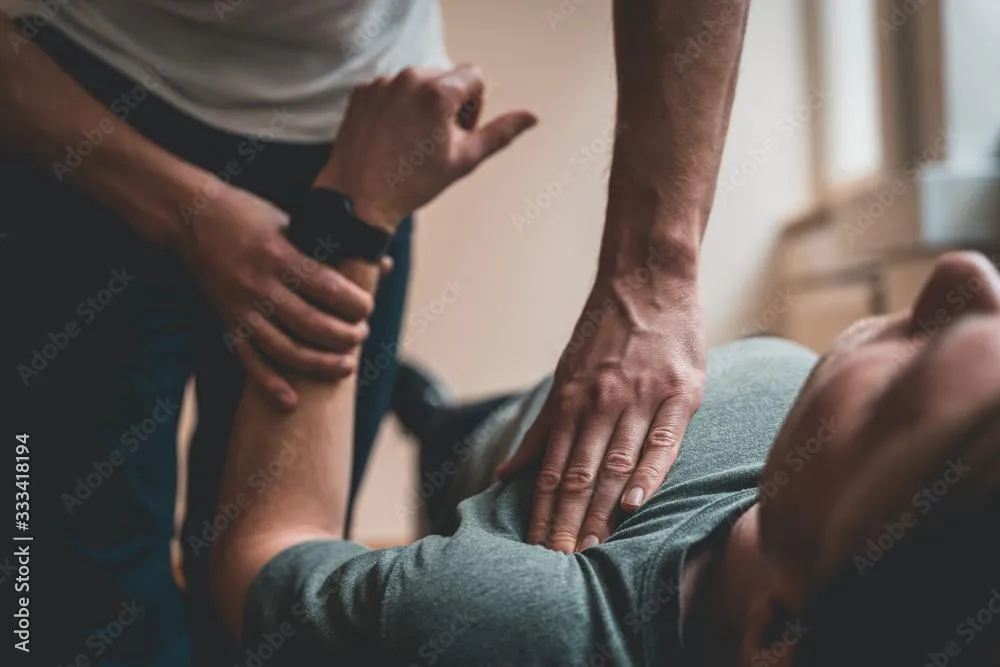
Perform Better, Recover Faster: Why 2–3 Days Matters More Than You Think
Whether you're a weekend warrior, competitive athlete, or a yogi chasing your edge, how you prepare and recover determines your performance—and your pain. One of the most overlooked yet powerful tools is timing your soft tissue or orthopedic therapy within a 2–3-day window before and after your event. This isn't just about feeling good; it's about giving your body and nervous system exactly what they need, exactly when they need it.
Before an event, your body shifts into high alert. The sympathetic nervous system—your internal “go” button—kicks in, boosting adrenaline, sharpening focus, and increasing heart rate. But if you're walking into a competition with tight hips, restricted shoulders, or a nervous system already under stress, performance suffers. A session focused on sports or soft tissue therapy 48 to 72 hours before an event helps release muscular restrictions and restore movement without overstimulating the body. This period is optimal because it allows enough time for any therapeutic work to settle in, reduce residual soreness, and promote better neuromuscular control.
This pre-event timing also affects your vagus nerve, the primary communicator between brain and body. Soft tissue therapy within this timeframe helps activate this nerve gently, nudging your system toward parasympathetic balance. A well-regulated vagus nerve improves digestion, heart rate variability, and stress resilience—everything you need for calm, controlled performance under pressure. When you're balanced internally, your external results improve naturally.
After an event, the body enters a vulnerable but critical window for healing. Microtears, inflammation, and fatigue flood your muscles and tissues. The nervous system has taken a beating too. Scheduling orthopedic or soft tissue therapy within 24 to 72 hours post-event can dramatically shift your recovery curve. This is when the therapy helps flush metabolic waste, reduce cortisol levels, and stimulate endorphins, serotonin, and dopamine—your natural “feel better” cocktail.
Hands On Sports Therapy (handsonsports.com), based in West Des Moines, emphasizes this window of recovery with one-on-one sessions designed around your event schedule. Their approach isn't just reactive; it's strategic. They work with clients to plan therapy before and after races, games, or intense workouts—helping reduce fatigue, increase circulation, and improve tissue quality. Their individualized care model ensures each session is tailored to what your body needs at that moment in your training or competition cycle.
Basic exercises to build resilience include core-strengthening bridges and planks (done mindfully), hip mobility drills, and shoulder activation moves with light resistance bands. These exercises help support better alignment and take stress off overloaded joints. And when combined with regular orthopedic care, they become your foundation for pain-free movement.
Therapy is more than a fix—it’s a strategy. By using the 2–3-day window before and after events, you're giving your nervous system a rhythm, not just a reaction. Your brain responds with better regulation, your tissues recover faster, and your performance becomes more sustainable. Whether you're lifting, running, stretching, or simply living fully, when you time your care right, everything else falls into place.
#SoftTissueTherapy #SportsTherapy #OrthopedicCare #VagusNerveSupport #AthleteRecovery #HandsOnSports #TrainRecoverRepeat
Sources:
https://handsonsports.com
https://www.riversidesportstherapy.com
https://www.cedars-sinai.org
https://greatist.com/fitness/common-yoga-injuries
https://www.ncbi.nlm.nih.gov/pmc/articles/PMC5357531/